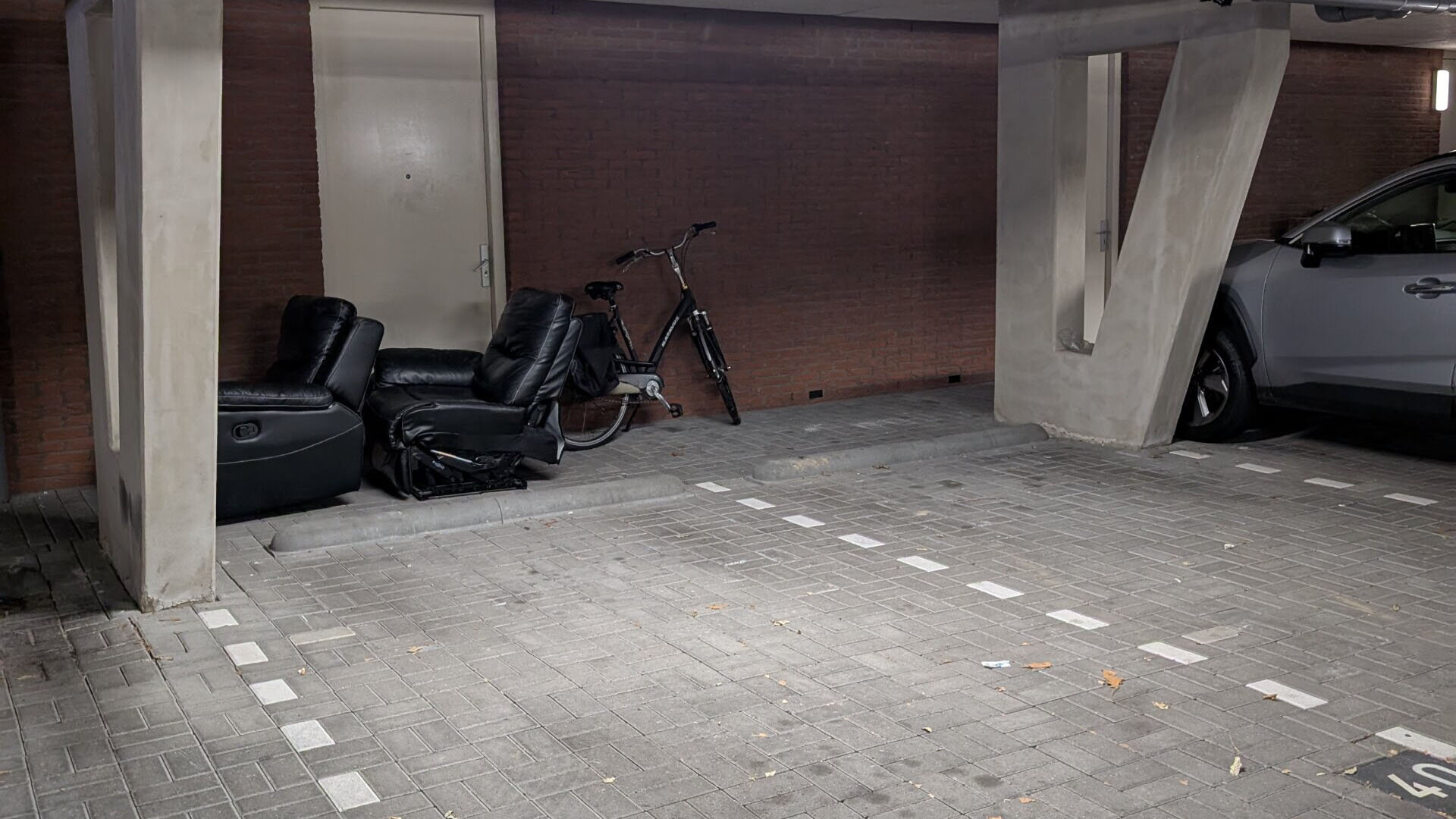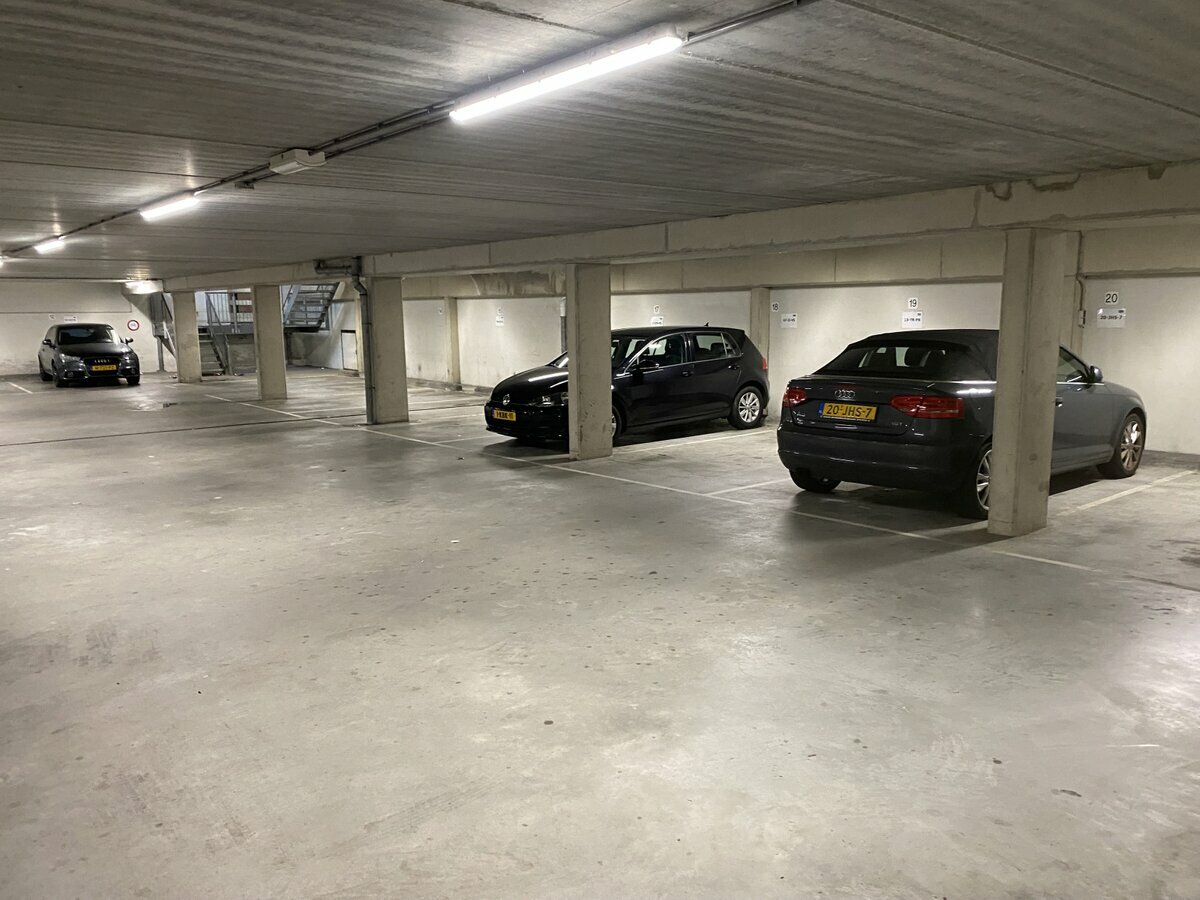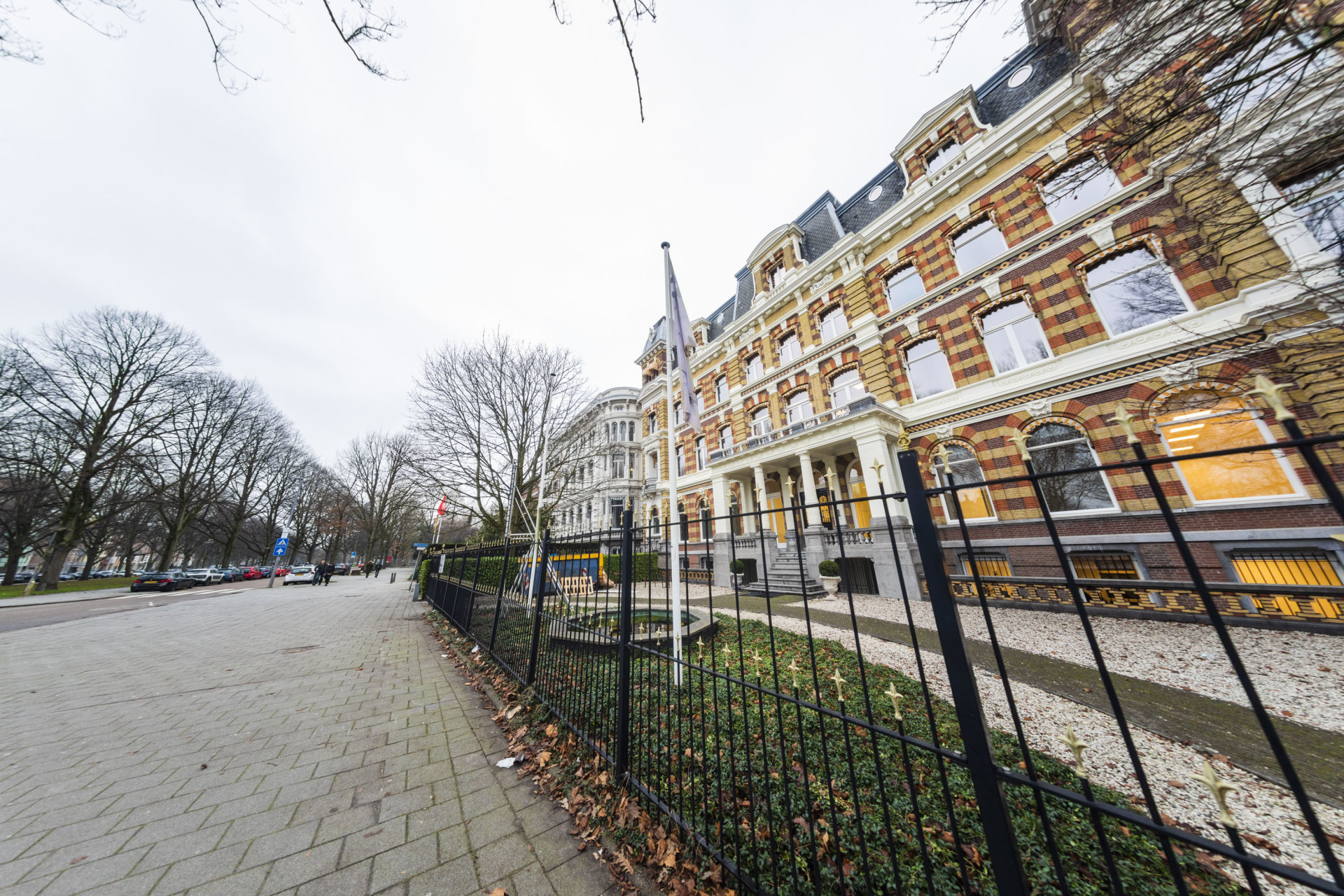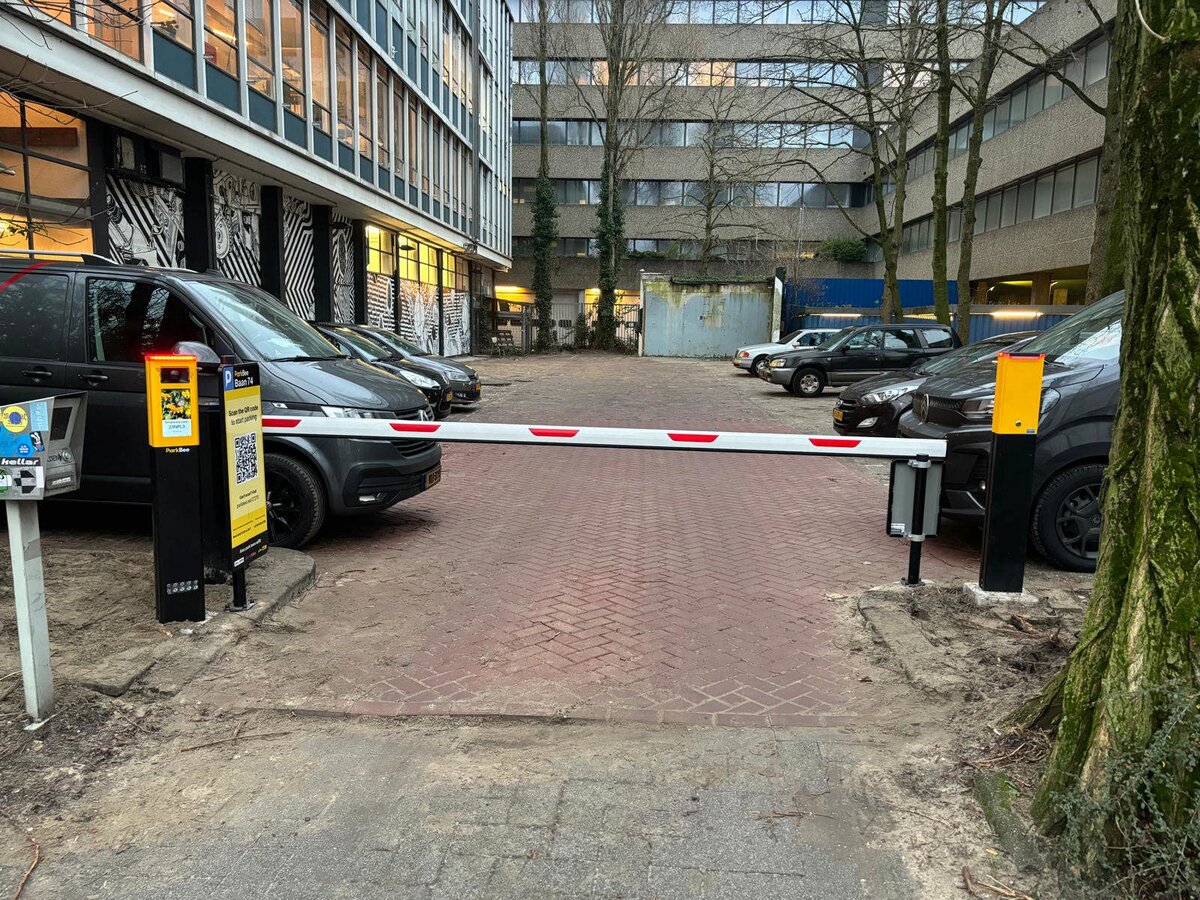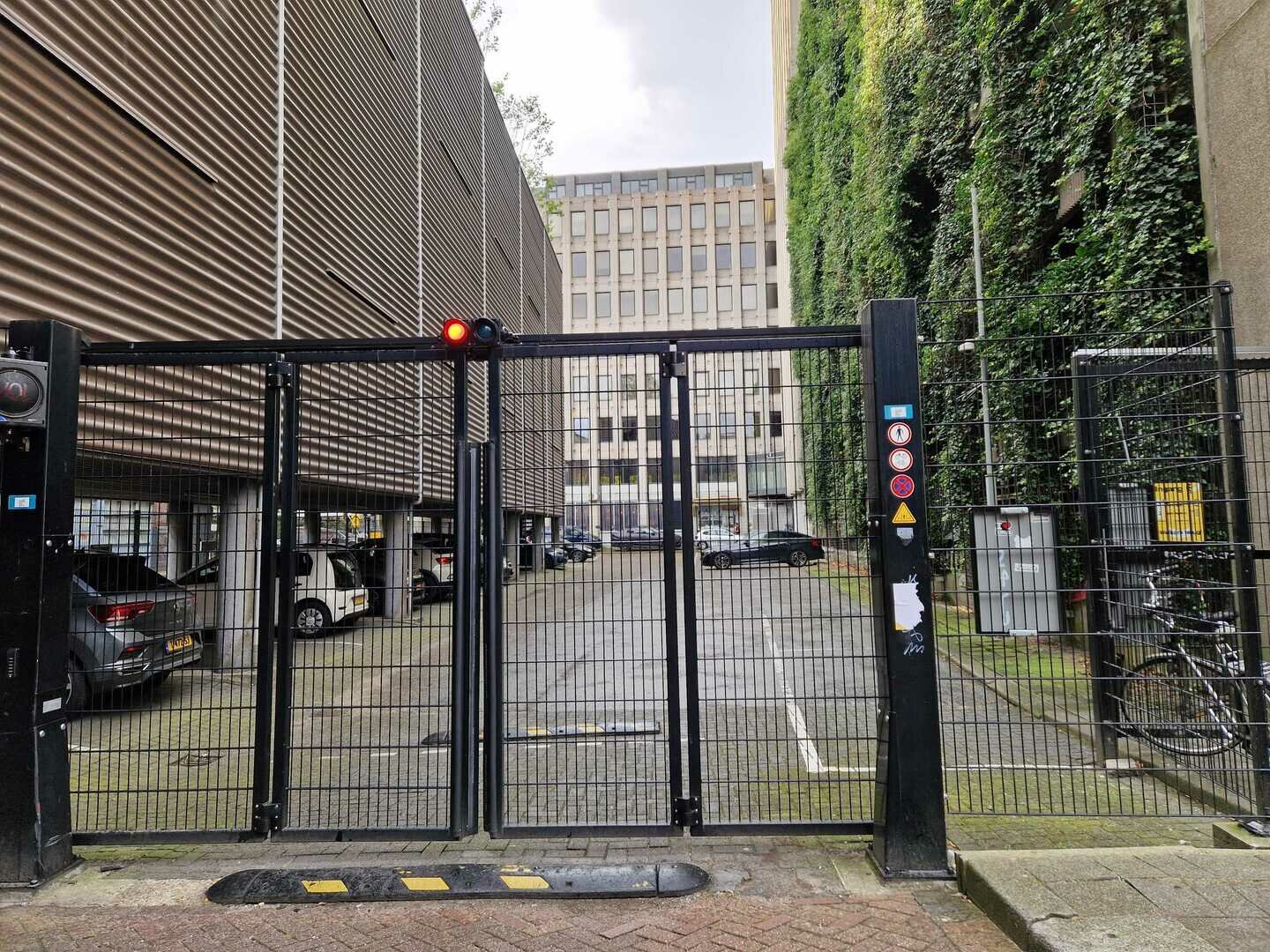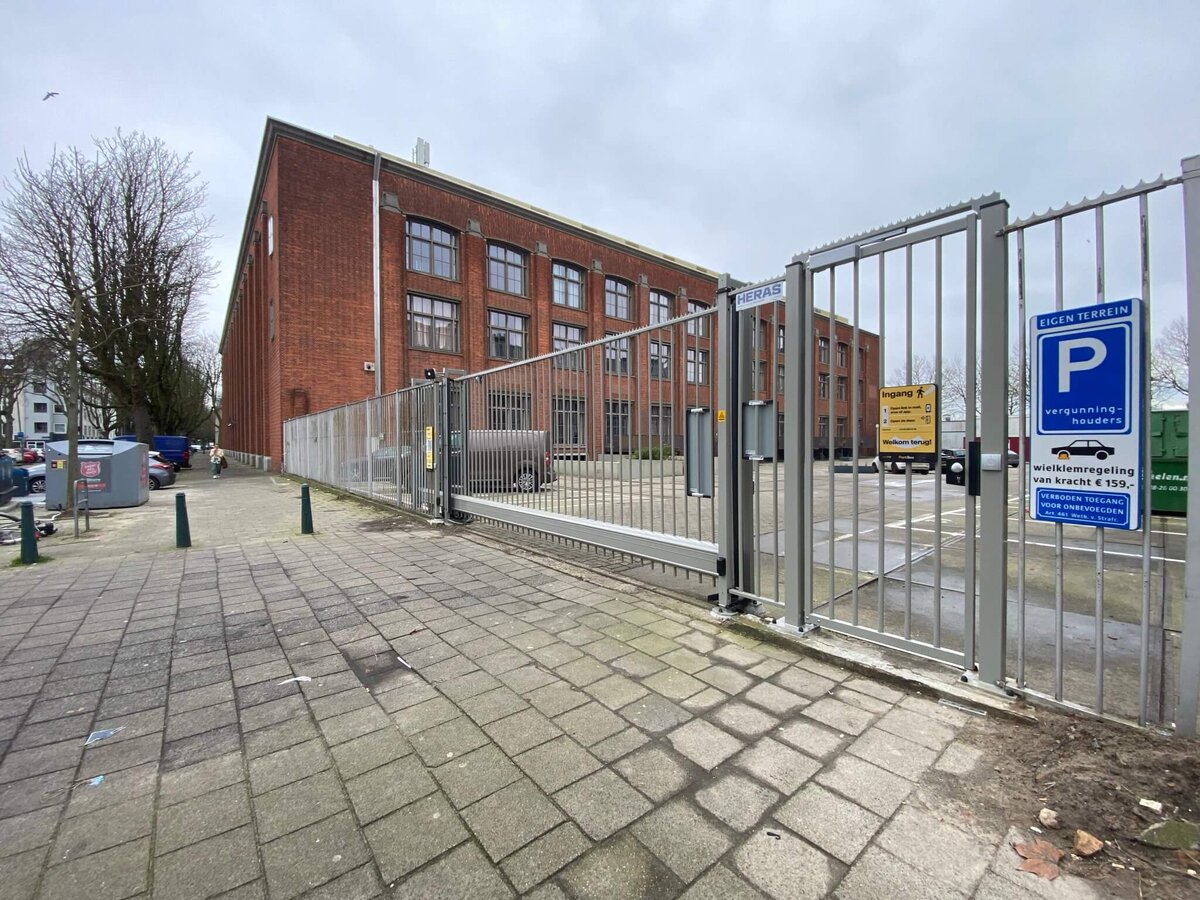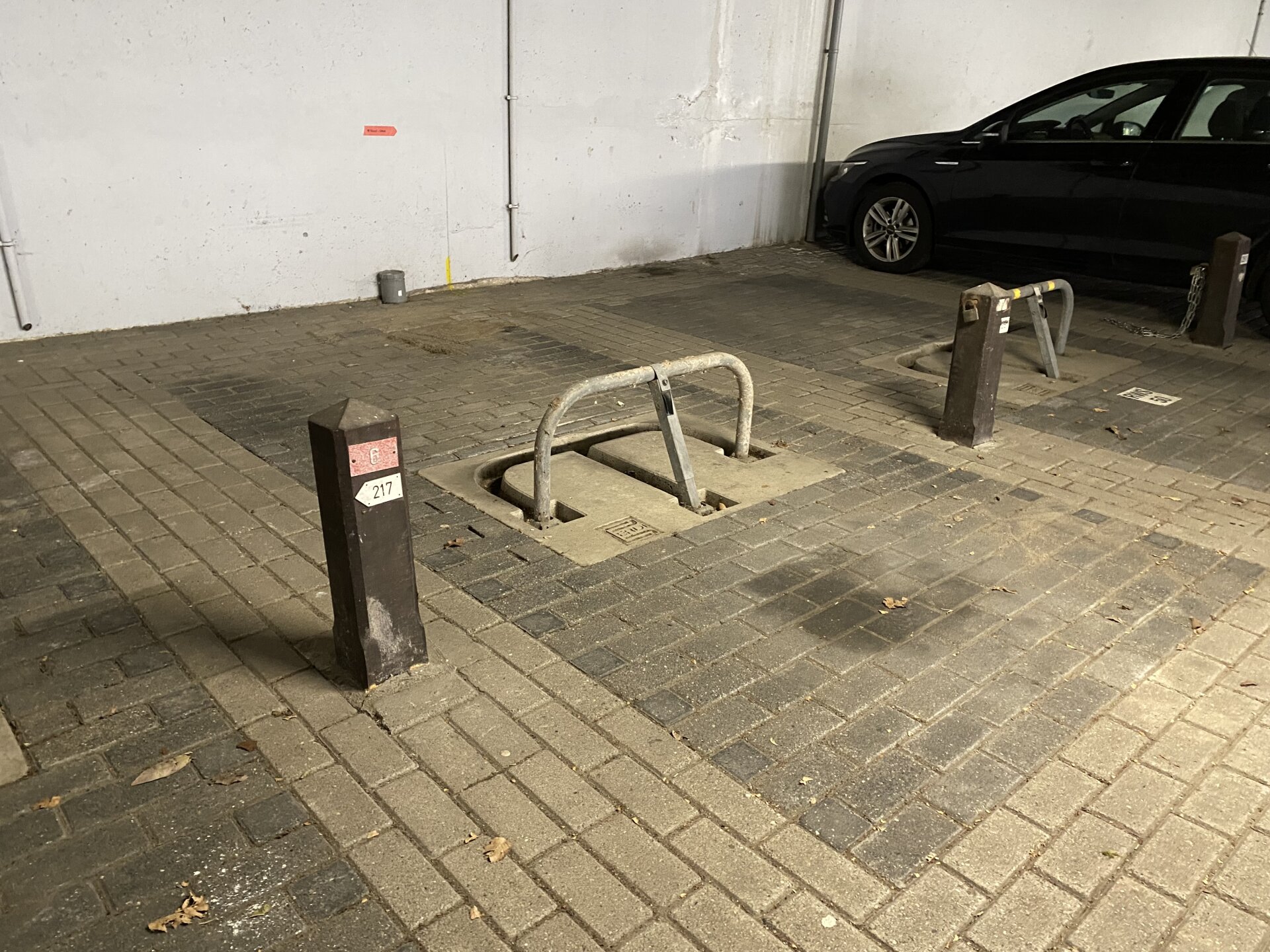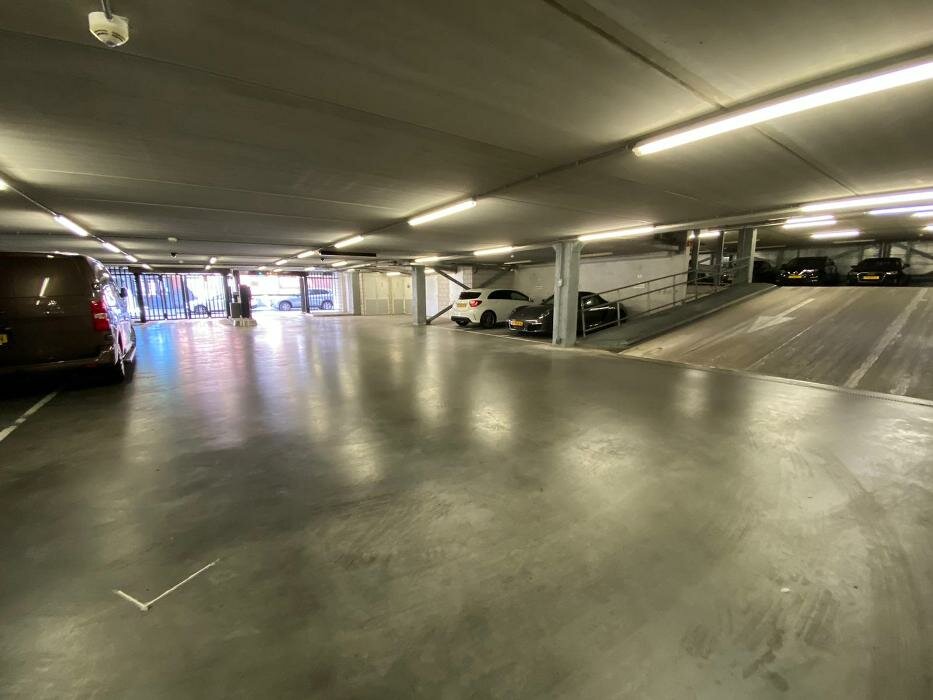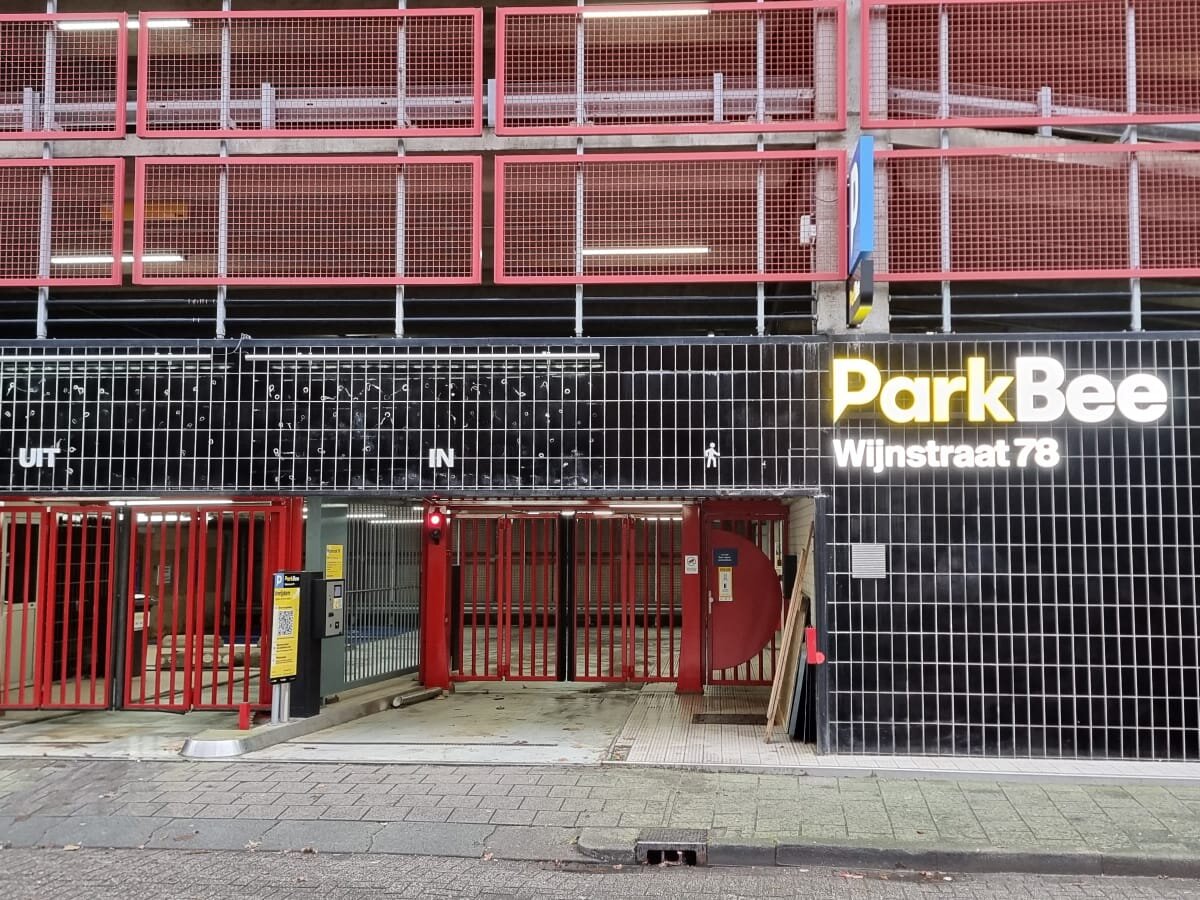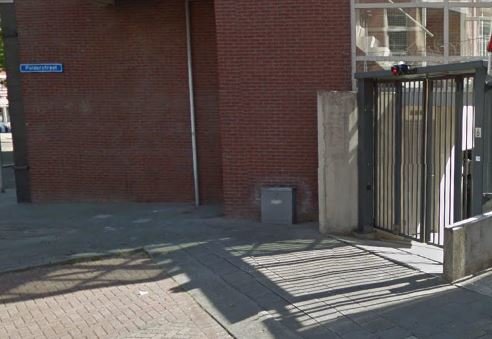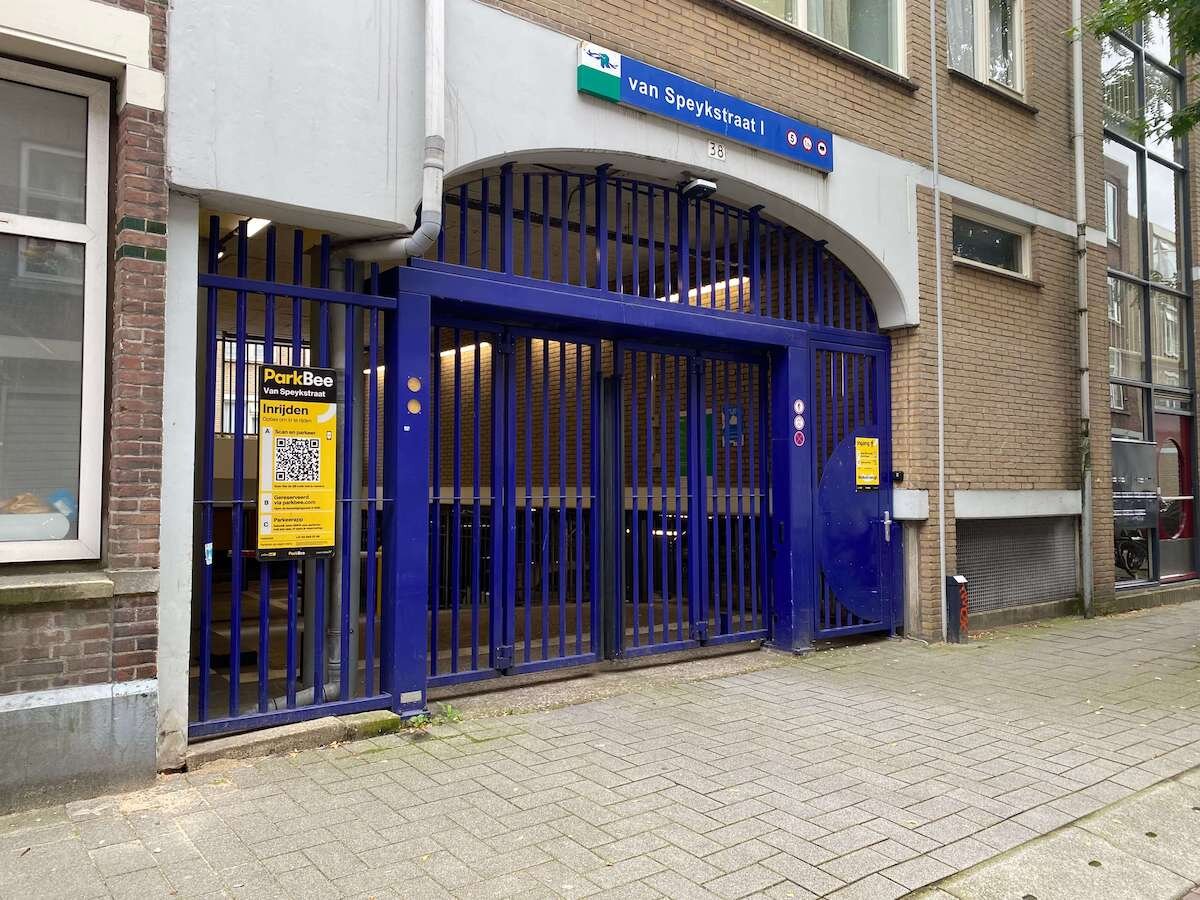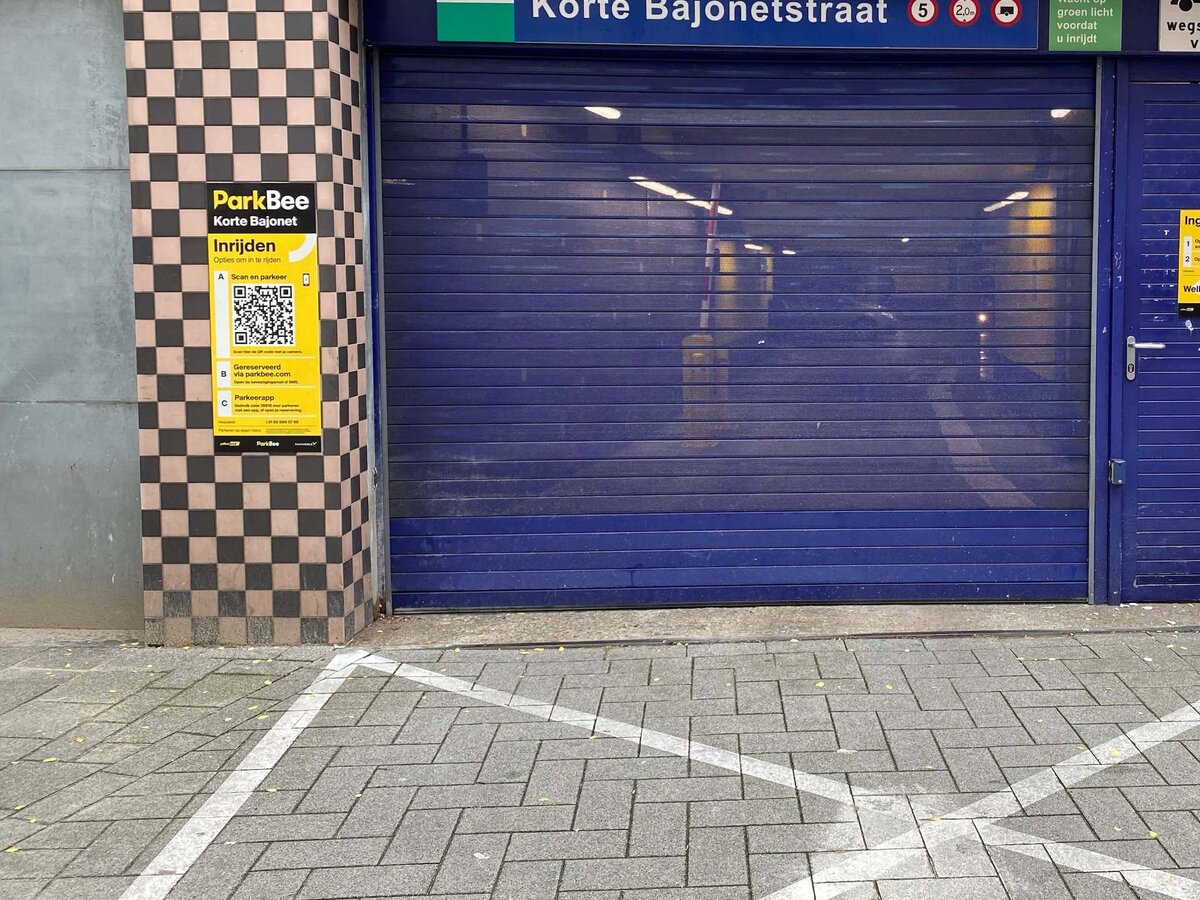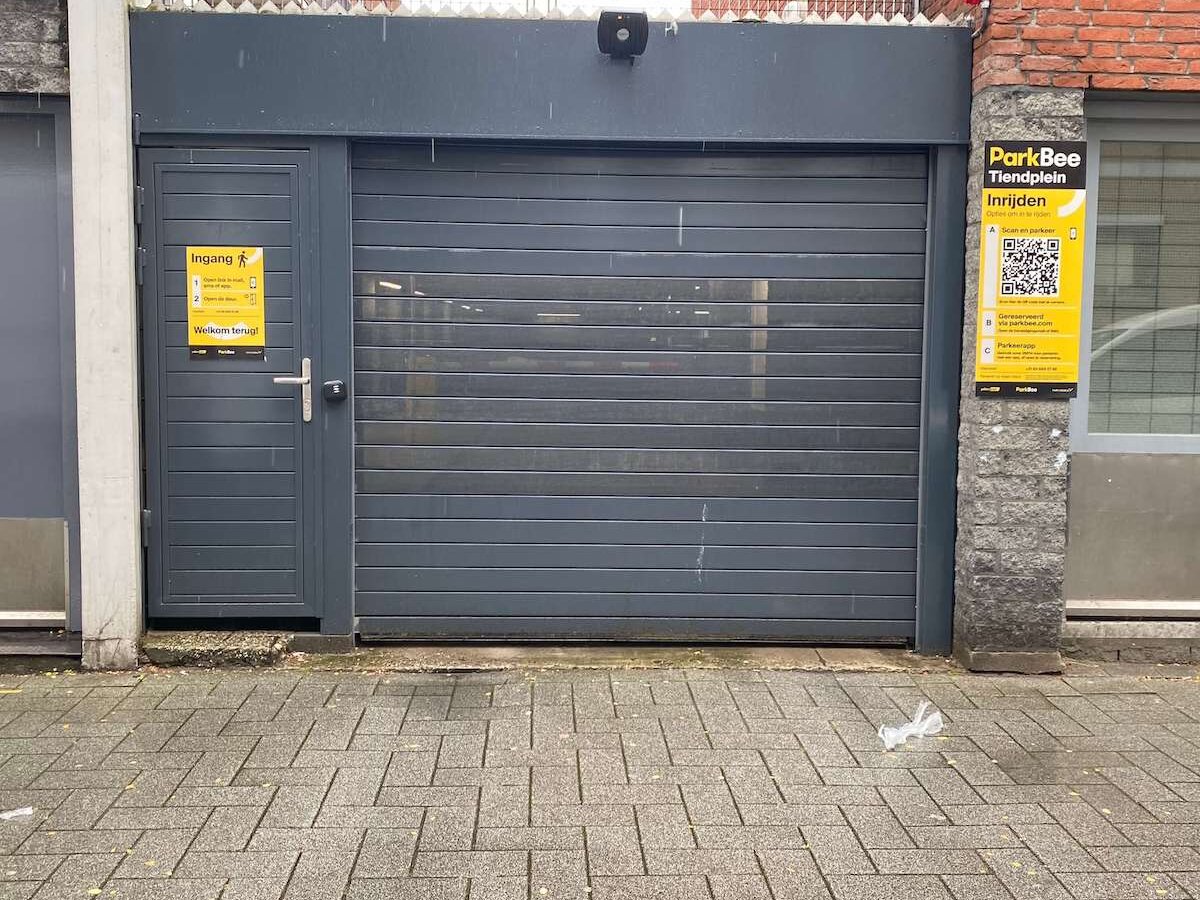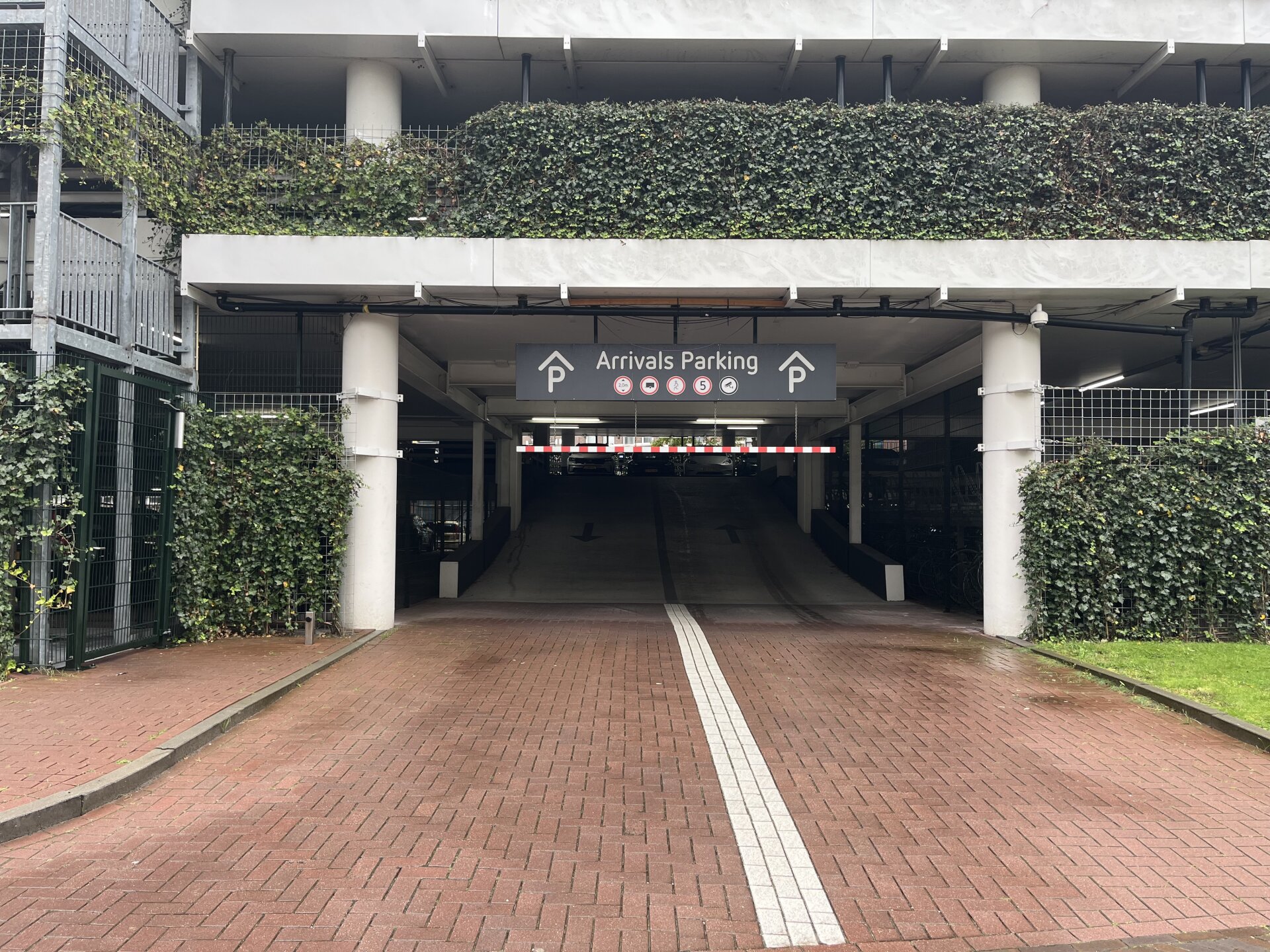





Find parking near Katendrecht, Feijenoord, Rotterdam
Katendrecht, a neighborhood in Rotterdam's south, is part of Feijenoord. It was a separate municipality until 1874. The neighborhood is located on a peninsula that connects the Rijnhaven to Maashaven. Katendrecht, with a total of 1,18 km2 and 4,760 inhabitants, has a long history.
The neighborhood was once known as Rotterdam's most notorious prostitution district, with many activities for sailors. The neighborhood's nickname is "De Kaap." Katendrecht's history dates back to 1199 when it was mentioned for the first time as an occupation of Putten. Albrecht, Duke of Bavaria, ordered that the land be drained in 1375 after it had been flooded for the past two years. Jacob van Putten granted permission in 1410 to drain the land known as Jacob Potsland, or Oud-Katendrecht. The land that has been drained following a flood of 1463 is called Nieuw-Katendrecht, or Meester Arend van der Woudensland.
Katendrecht was an independent municipality from 1811 until 1874. It was subsequently combined with Charlois, and annexed to the city of Rotterdam by 1895. This annexation was mainly done to create more space and expand the Rotterdam Port. The result was that the majority of Katendrecht, including 700 homes, farms and the church, were demolished. Around 3,500 people were forced to leave their neighborhood. The rural village was almost completely destroyed after the ports were completed in 1911. Katendrecht was transformed into a peninsula, between Rijnhaven en Maashaven. It had railway yards, warehouses and silos as well as cheap housing for workers.
Mobypark knows that parking in Katendrecht can be a problem for both residents and visitors. We offer affordable and convenient options for people who need a parking space. We have parking spots for residents looking for monthly parking or visitors looking for short-term parking. You can reserve our parking spaces through the website or app. Mobypark can take care of all your parking needs, whether you are planning to live or visit Katendrecht.
Parking rates near Katendrecht
Parking time
Mobypark parking rates
1 hour parking
from € 1.50
24 hours parking
from € 5.00
1 week parking
from € 75.00
1 month parking
from € 70.00



